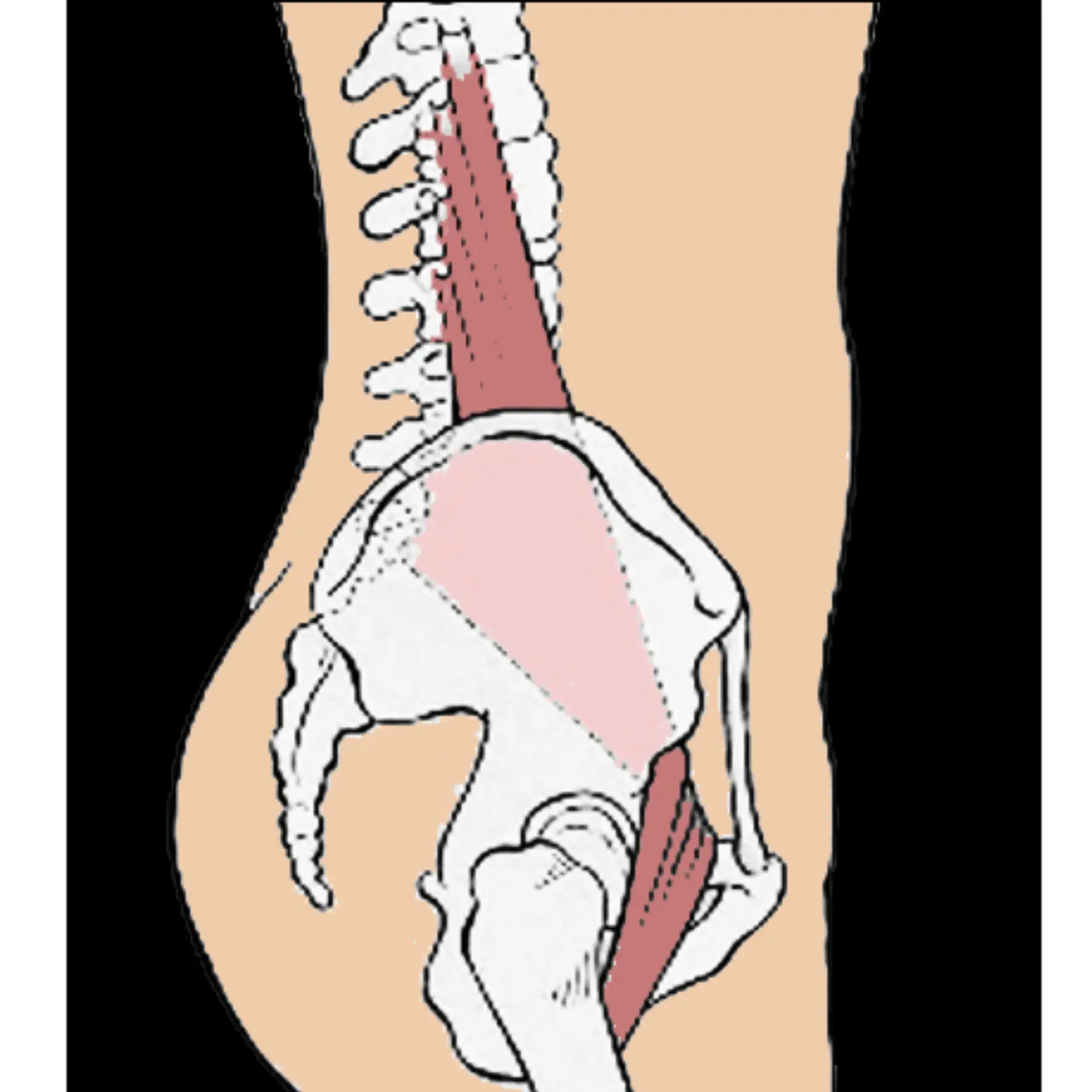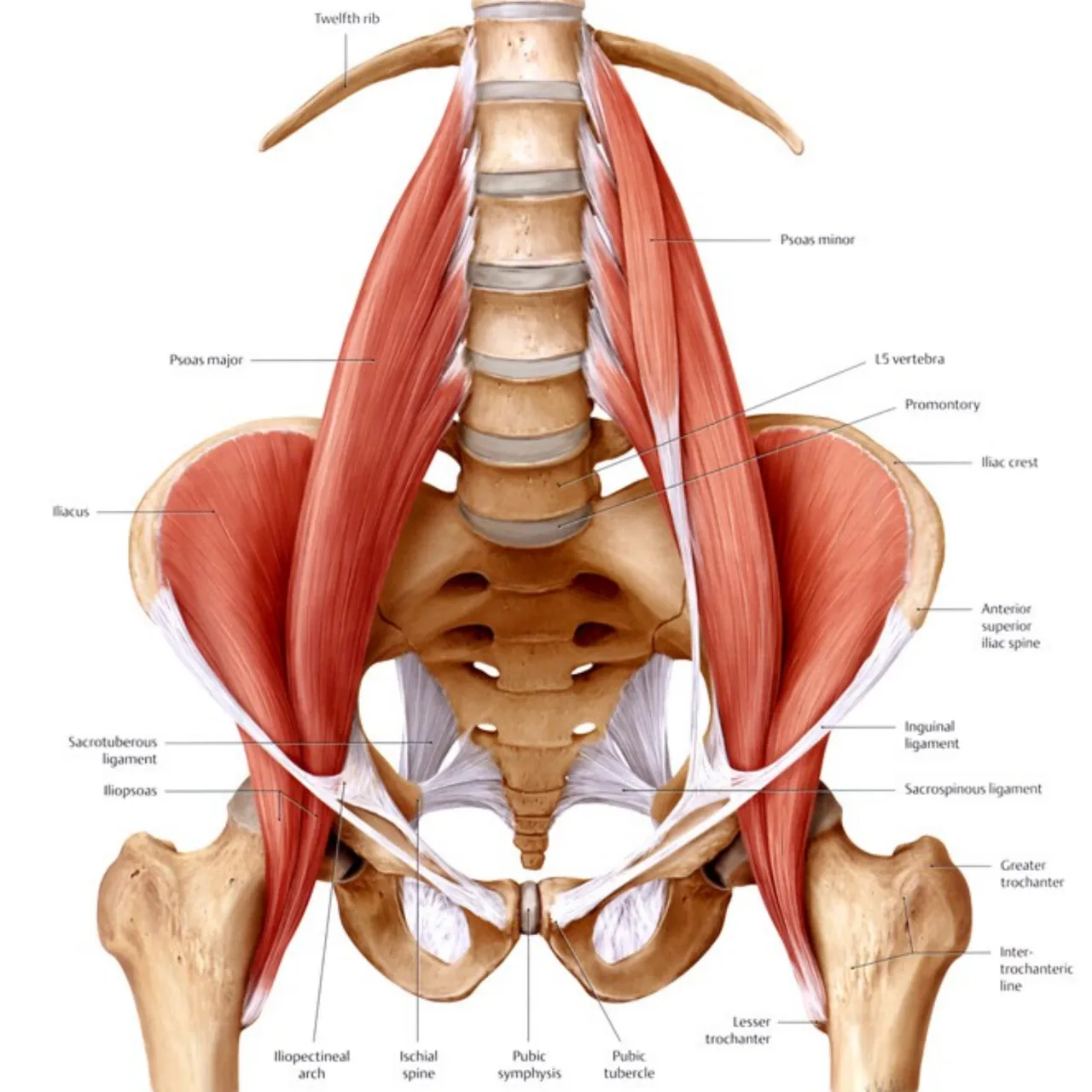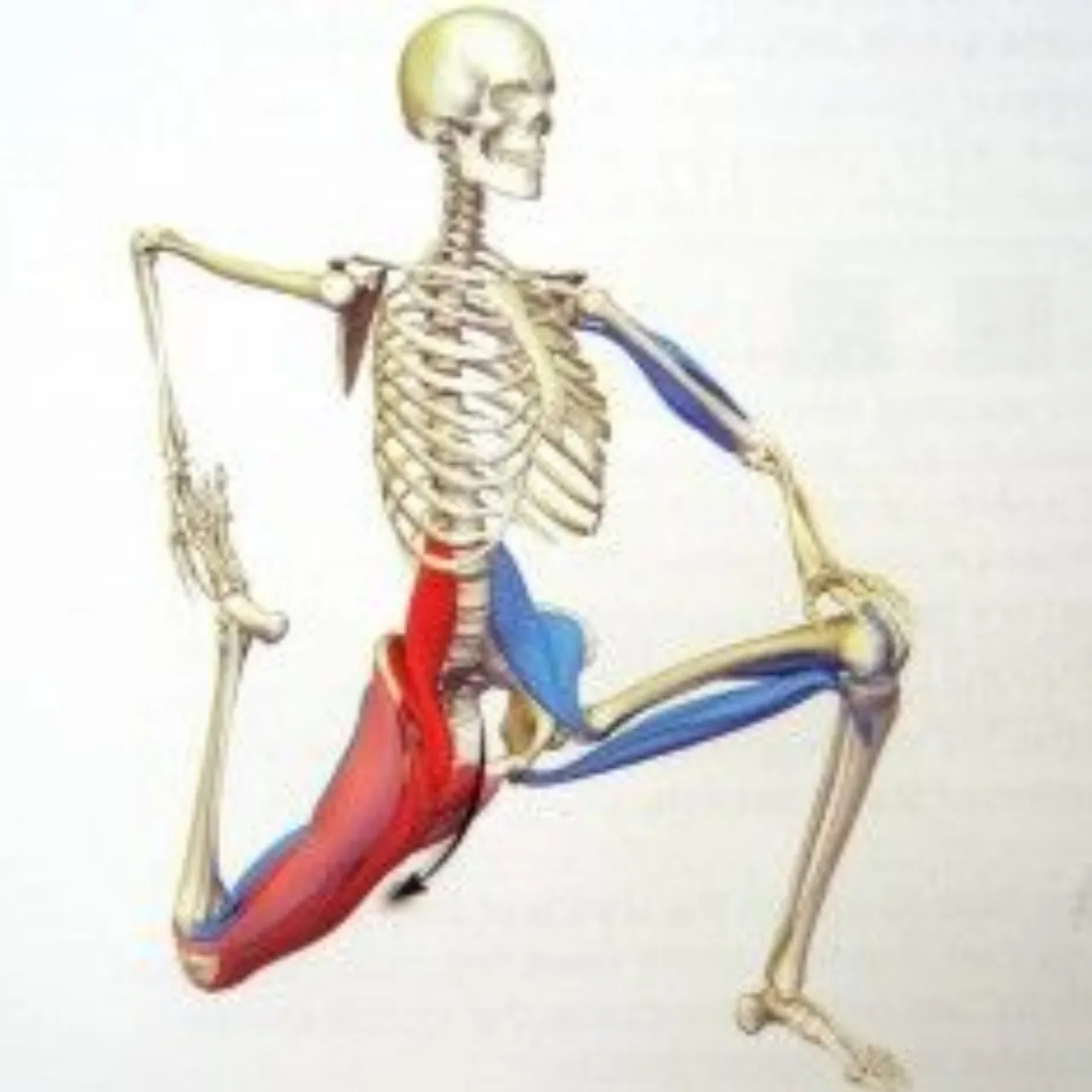
The psoas muscle and our autonomic nerve system have a tight interaction that goes back deep into our evolution.
The Psoas muscle is the deepest muscle of the human body affecting our structural balance, muscular integrity, flexibility, strength, range of motion, joint mobility, and organ functioning. Its our core-muscle and the only muscle that occurs in the upper- as well as in the lower body.
The parasympathetic system is responsible for stimulation of "rest-and-digest" or "feed and breed" as in contrast to the Fright Fight and Flight responses; that are called 'symphatic nerve system' .
If one is active, the other is inactive - they are complementary and together they form the 'autonomic system.'

Para-Symphatic activities occur when the body is at rest, especially after eating, including sexual arousal, salivation, lacrimation (tears), urination, digestion and defecation. These are the building and restoring activities, whereas the symphatic activities cost energy that we need in action to respond properly to the impulses and triggers from the outside world.
The Nervus vagus is one off the oldest of our nerves and is closely connected to our autonomic system. It is a 'wandering nerve' and connected to all our organs.
When we need to fight or fight the Psoas is under tension.
When in fear - the psoas is under tension....
Fear is an emotion that is easily triggered in our current society and is seldom discharched by fighting or flighting.
So psoas tension is an indicator for anxiety, insecurity, feeling unsafe, not beeing earthed well. This is why this muscle is called 'muscle of the soul' - as it indicates how a person keeps up in life.
Our society demands a lot off us, and the symphatic system is working overtime, resulting in a disturbance - or blockade - in the para symphatic system; which results in problems in the digestive systems, sleeping problems, malfunction in immunity systems and many more stress symptoms.
The foramen of the head, where the neck begins and the lower back, where the psoas also is located, are the best spots to activate the parasympathetic system, meaning the nervus vagus that comes a little closer to the body surface here. By activating the parasymphaticus the symphaticus will shut down - this is often a turning point; all of a sudden the fatigue can be felt and its no longer deniable that the body needs rest!
Bodywork on the back and spine can reduce anxiety, stress symptoms, the feeling of beeing disconnected and will have an immediate effect on the digestive system (it will start making sounds!) and in the nights sleep that follows on a treatment.
After a couple of treatments this may give profound changes in how we stand in life, how we connect and interact with our environment, we can feel more at ease, experience less fear.

One of the best ways to activate the psoas is old fashioned yoga - preferable the yoga that has not turned into gymnastics, the one that can make you be aware of your bodyconsiounsness and strenghten it that way. In my experience: good ' old school ' Hatha yoga is the best.
I am an (certified) aromatherapist, working indepedantly in my own practise where i give stress counceling, massages and do quite a lot of energetic work.
i hope you like the information! Namaste!